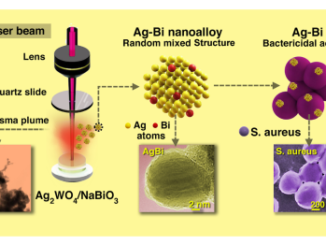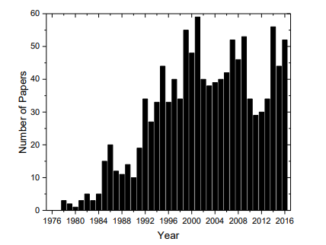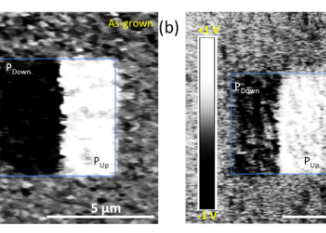Effect of surface characteristics of soft liners and tissue conditioners and saliva on the adhesion and biofilm formation
Abstract: Purpose: To investigate the influence of surface characteristics and saliva on the adhesion and biofilm formation of Candida glabrata and methicillin-resistant Staphylococcus aureus (MRSA) to soft liners and tissue conditioners. Methods: For each material (Ufi Gel P – UG; Sofreliner S – SS; Trusoft – TR; Coe Comfort – CC; Softone – ST), specimens were prepared and roughness (Ra), hydrophobicity (water contact angles-WCA) and surface free energy (SFE) were measured. Surface morphology was also analyzed using scanning electron microscopy (SEM). Specimens were incubated in C. glabrata or MRSA suspensions for 90 minutes (adhesion) or 48 hours (biofilm). The absorbance (AB) was measured by XTT assay. Experiments were performed using specimens that were either uncoated or had been coated with saliva. Data were analyzed using one- or two-way ANOVAs, followed by Tukey’s test (alpha= 0.05). Results: TR exhibited the highest Ra and UG the lowest. SEM images also showed that UG and SS had smooth surfaces, while TR presented several irregularities and pores. In the absence of saliva, UG and SS presented higher WCA and lower SFE than the other materials. XTT results showed that, in the C. glabrata adhesion assay, the AB value was higher for TR followed by UG > CC > SS > ST. For the biofilm formation of C. glabrata, AB values were in the following order TR > CC = UG > ST = SS. In the adhesion assay, AB values obtained for MRSA were TR > UG = CC > ST > SS and for the biofilm formation were TR > ST > CC > UG > SS. Saliva decreased the WCA and increased the SFE for all materials. In general, the presence of saliva decreased the adhesion and biofilm formation of both microorganisms to the acrylic-based material (TR) and tissue conditioners (CC and ST), and increased for the silicone based soft liners (UH and SS). Surface characteristics and the influence of saliva varied among materials. Roughness seemed to favor C. glabrata and MRSA adhesion and biofilm formation. (Am J Dent 2018;31:45-52).
CLINICAL SIGNIFICANCE: The presence of microorganisms on denture liners can irritate the oral tissues and contribute to systemic diseases. Colonization with more tolerant microorganisms such as C. glabrata and MRSA may expose patients to a greater risk of infection, mainly in immunocompromised hosts, such as aged individuals after treatment of oral cancer. For this, it is important to investigate the surface characteristics of soft liners and tissue conditioners, as well as saliva, and their influence on the adhesion and biofilm formation of C. glabrata and methicillin-resistant Staphylococcus aureus
Author(s): De Foggi, CC; Ayres, MSB; Feltrin, GP; Jorge, JH; Machado, AL
AMERICAN JOURNAL OF DENTISTRY
Volume: 31 Pages: 45-52 Published: FEB 2018




